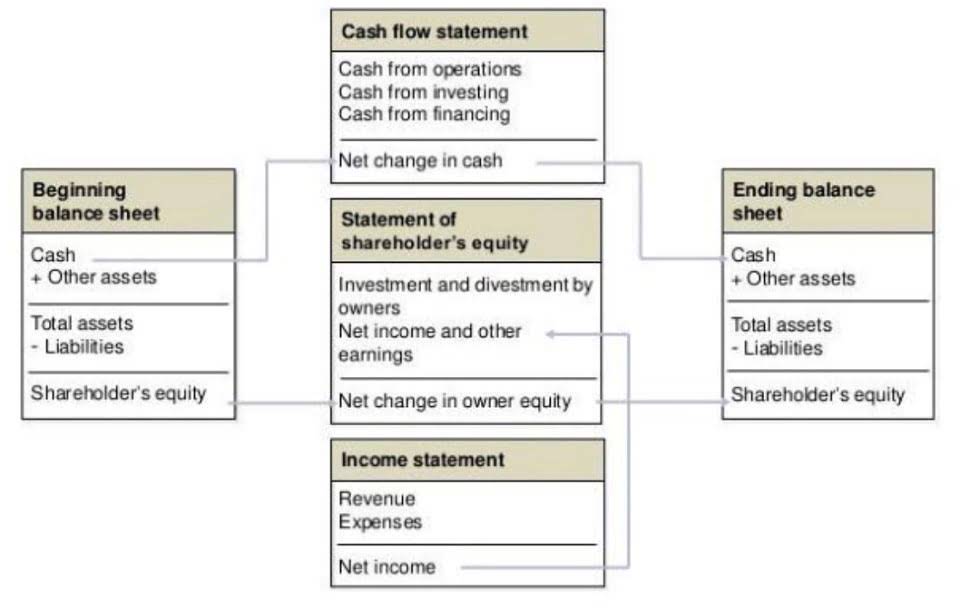
They should also let you track how your income and spending for the year compare to your budget goals. A good budget can act like a roadmap for a nonprofit, determining where and GAAP for Nonprofits when the organization will deploy its resources, and whether it’s on the right track financially. Don’t use your personal bank account to receive, hold or disburse money for your nonprofit. Make sure all of your nonprofit’s transactions go through a dedicated bank account. Ask your bank whether they offer business chequing accounts tailored to nonprofits.

Taxes for nonprofits
This is important because nonprofits often have very specific rules around different funding sources. Large nonprofits like universities, for example, will sometimes have thousands of accounts—endowments, scholarships, capital projects funds, and operating funds—that recording transactions have very different rules about how they’re supposed to be spent. If your accounting responsibilities still roll up under your executives, consider outsourcing your accounting to the experts at a firm. They’ll help make sure all best practices and internal controls are implemented, ensuring smarter finances.
Basics and Best Practices of Nonprofit Accounting:
However, nonprofit accounting isn’t just about pulling important information. You also need to understand how to use this information to implement best practices for effective accounting decisions. But, when you grasp how to read various accounting documents, it becomes much easier to understand how finances function and move at your organization. Providing detailed information on your statement of functional expenses also helps when it’s time to complete your annual Form 990 which requires expenses to be separated in a similar fashion. Your nonprofit budget is the planning document used to predict expenses and allocate resources for your organization. It details both the costs that your organization will incur as well as the revenue you expect to receive over a set period of time, usually a year.
Nonprofit Budget

Luckily, here at Jitasa, we don’t think nonprofit accounting is tedious at all! We’ve loved helping over a thousand organizations organize and maintain their finances. Due to this love of the craft and experience in the field, we decided to put together this guide to help nonprofits like yours better understand their accounting needs.
Conduct regular audits.
- For instance, if programs or projects are discontinued, funding falls through, or your funding increases, you can address the issues and adapt your strategy right away.
- The solution you decide on should also allow you to do some form of fund accounting.
- Your nonprofit budget is the planning document used to predict expenses and allocate resources for your organization.
- Your nonprofit’s budget is the document that individuals at your organization are more likely to be familiar with.
- Once you’ve got a bookkeeping system and a bank account in place, you need some way of making sure the information in both of those systems lines up.
- It’s important to review and adjust the spending budget for the remainder of the year to cut back expenses if necessary, or to further fund your mission if you receive unexpected funding.
By addressing these opportunities for improvement now, you’ll help keep financial data secure and well-reported in the future. This nonprofit accounting guide is great for anyone wanting to learn the foundation of nonprofit accounting. For example, if you have $50,000 of restricted assets set aside for your https://www.bookstime.com/ scholarship program, then decide to provide a $5,000 scholarship, you’re not losing those funds.

The Beginner’s Guide to Nonprofit Accounting
- You probably didn’t start a nonprofit organization to stare at spreadsheets and Google things like “how to record an in-kind donation.”
- Not only is a financial audit NOT a bad thing, it can actually be a very good thing.
- In the rest of this article, we’ll cover the basics and best practices that all nonprofit professionals should know about accounting.
- Chances are, it wasn’t tedious paperwork, challenging calculations, and compliance regulations.
- Looking at these documents can tell you how much money you have, where your money is, and how it got there.
These restrictions mean that you have to ensure their funds are spent in a way that the supporters approve of. That’s why nonprofits employ a type of accounting known as fund accounting. From financial reporting to revenue recognition to grants and contracts, you have a lot going on in the not-for-profit financial arena right now.
